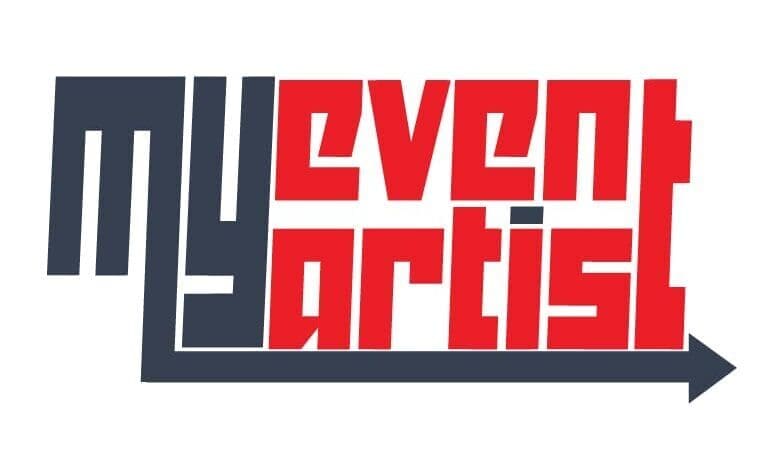Designing a logo for a sports event is not just about choosing colors and fonts; it involves creating a visual symbol that encapsulates the spirit, dynamism, and excitement of the event. As the competition in the sports industry intensifies, event organizers must prioritarily focus on creating standout logos that resonate with audiences. One innovative way to elevate your sports logo design is by incorporating photography. This blog post delves into the best practices for using photography in sports logo design, offering insights tailored specifically for event organizers and businesses in the apparel industry.
Understanding the Importance of Logo Design in Sports
A sports logo serves multiple purposes. It is not just a random graphic; it represents the brand identity of the event. Here are several reasons why your logo is crucial:
- First Impressions Matter: A well-designed logo grabs attention and communicates professionalism and enthusiasm. It can set the tone for what participants and spectators can expect.
- Brand Recognition: An effective logo boosts brand visibility, making it memorable for athletes, fans, and sponsors. The more recognizable your logo is, the more likely it will be associated with positive experiences.
- Emotional Connection: Logos that encapsulate the energy, passion, and spirit of sports can forge emotional connections with the audience, enhancing their overall experience.
Why Incorporate Photography in Logo Design?
Photography brings depth and authenticity to logos, especially those connected to sports. Here’s why incorporating photography can benefit your sports logo design:
- Storytelling: Photographs can tell a story about the event’s heritage, culture, and spirit. They provide a snapshot of the emotions that sports evoke in fans, athletes, and communities.
- Visual Impact: Photographic elements can create striking visuals that stand out against traditional graphic elements, attracting attention and creating a lasting impression.
- Dynamic Representation: Sports are inherently dynamic and full of movement. Photographs can capture this essence more effectively than static graphics, making the logo feel alive.
Best Practices for Incorporating Photography into Sports Logo Design
Incorporating photography into your sports logo design requires a strategic approach to ensure that it enhances rather than overwhelms your brand identity. Here are some best practices to consider:
1.
Choose High-Quality Images
The foundation of an effective logo is high-quality imagery. Here’s what to look for:
- High Resolution: Ensure the images are high-resolution to maintain clarity across various platforms and sizes, including merchandise, banners, and online media.
- Professional Shoot: Invest in a professional photographer to capture images that reflect the event’s atmosphere, ensuring that they portray emotion and excitement.
2.
Focus on Relevant Imagery
Select images that are pertinent to the sports event you are branding:
- Key Moments: Capture pivotal moments from past events. Action shots of athletes in the midst of performance can convey excitement and energy.
- Iconic Symbols: Incorporate recognizable symbols or images associated with the sport, such as a football, a running track, or a victory pose, to reinforce the logo’s connection to the event.
3.
Maintain Simplicity
While photography adds depth, clutter can dilute your message. Keep these points in mind:
- Restrained Use: Limit the use of photographic elements; use them sparingly to enhance specific parts of the logo rather than overshadow the primary design.
- Balance: Achieve a balance between photographic elements and text or graphic design components to ensure the logo remains cohesive and readable.
4.
Blend Photography with Graphic Elements
Mixing photography with graphic design can make for a versatile logo that retains clarity.
- Overlay Techniques: Consider overlaying graphic elements, such as shapes or text, onto a photographic background to create a harmonious blend.
- Filter and Effects: Use filters or effects to maintain a consistent style. For instance, a sepia tone can create an “old-school” feel, while vibrant colors can inject energy.
5.
Test Your Logo Across Different Mediums
Logos appear in various formats, from merchandise to digital platforms. Always conduct tests:
- Versatility Check: Ensure the logo retains its effectiveness when scaled down for social media icons or enlarged for billboards.
- Color Consistency: Test color variations on different mediums to ascertain that the logo remains impactful across all applications.
6.
Incorporate Feedback from Stakeholders
Engaging with your audience and stakeholders can provide valuable insights into your logo design:
- Focus Groups: Hold focus groups with athletes, spectators, and event organizers to gather feedback on the logo’s effectiveness and appeal.
- Surveys: Utilize surveys to evaluate various design iterations and understand what resonates most with your audience.
7.
Utilize Vector Format for Flexibility
A logo must be versatile enough to suit various purposes. Here’s how to ensure that happens:
- Vector Files: Always create your logo in a vector format, allowing for resizing without loss of resolution or quality, crucial for sports media where logos will appear in multiple formats.
- Multiple Formats: Save your design in different file formats (EPS, AI, PNG, JPG) to cater to diverse usage scenarios, from apparel printing to online platforms.
Case Study: Successful Integration of Photography and Sports Logo Design
To illustrate effective photography integration into sports logo design, let’s examine a successful case:
Example
:
The National Football League (NFL)
The NFL logo brilliantly incorporates photography, particularly in promotional material and team branding. Here’s how they do it effectively:
- Dynamic Team Photos: NFL uses action-packed photography featuring players in-game, conveying the sport’s intensity while maintaining a simple, iconic shield logo.
- Consistency Across Platforms: The NFL logo appears on various merchandise, ensuring the photographic elements do not overpower the core logo but enhance its visibility.
This approach demonstrates how effective photography, when incorporated with careful design, can lead to a powerful visual identity that resonates with audiences.
Conclusion: Elevate Your Sports Event with Effective Logo Design
Incorporating photography into your sports logo design is an innovative way to create a memorable and engaging brand identity. By adhering to best practices, you can effectively blend dynamic visuals with graphic design to communicate the spirit of your sporting event. Investing time and resources in high-quality photography, along with thoughtful design choices, can create a logo that not only stands out but also resonates emotionally with your audience.
For event organizers and businesses in the apparel industry, the significance of a compelling logo cannot be overstated. Whether you are organizing a massive sporting event or looking to enhance your brand’s visibility in the apparel market, our team at My Event Artist is here to help you navigate this creative journey.
Explore our extensive collection of print-ready vector logo designs, customizable fonts, and more at MyEventArtist.com. Our services are tailored to meet your unique needs, including custom event logo designs that reflect the essence of your sporting events. Let us help you create a distinctive and impactful visual identity that will leave a lasting impression on your audience.
Keywords: logo design, sports photography, branding, event organizers, visual identity, custom logos
#logodesign, #sportsphotography, #branding, #eventorganizers, #visualidentity, #customlogos



Leave a Reply